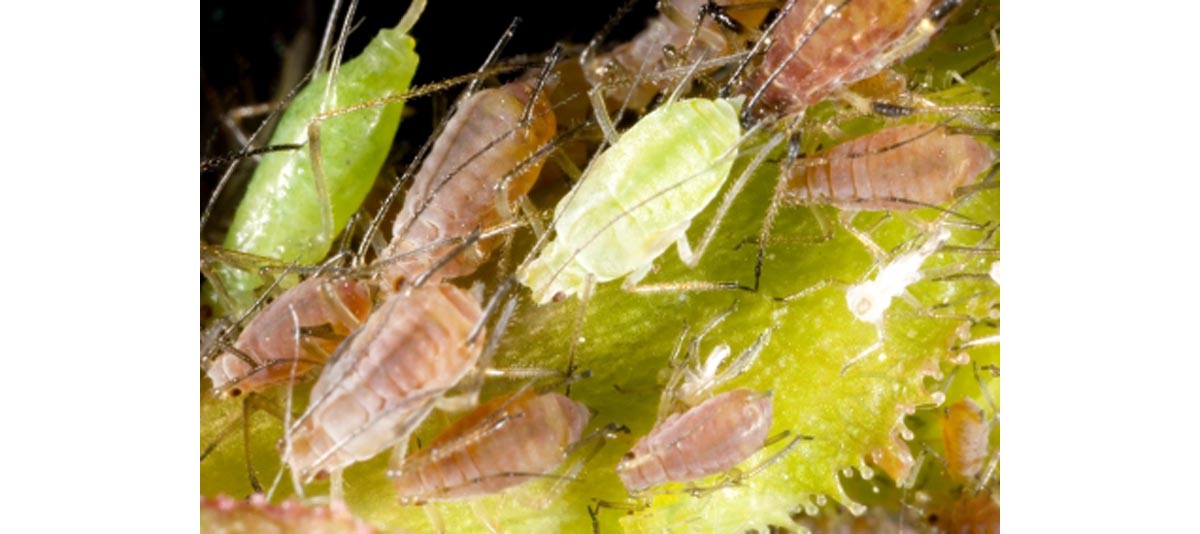Head lice are nasty little blood-sucking insects that live on your scalp and are notoriously contagious. If you’ve ever had head lice, you know how hard they can be to remove. You may think you’ve finally eradicated the annoying little pests, but they just keep coming back.

Luckily, there are whole lists of ways to get rid of head lice, from over-the-counter medications to entirely natural remedies. Just google “head lice remedies”, and you’ll find many treatments claiming to work. Unfortunately, not everything you see on the internet is true. Some of those so-called head lice eradication methods won’t do the trick.
That’s why we’ve compiled a list of head lice remedies just for you and found out which ones are the most effective for keeping the lice away.
Are you ready to learn about these little creatures and how you can ensure they won’t come back?
What Exactly Are Head Lice?
Head lice (Pediculus humanus capitis) are tiny insects that feed on the blood from your scalp. They spread through direct contact with someone who already has head lice. You don’t have to worry about your pets because head lice only affect humans.
Every head louse has three stages in its life — egg, nymph, and adult. Head lice eggs, called nits, are laid closest to your scalp. Nits are so minor that many think they’re dandruff or even hair spray bits. Eggs are not easy to remove because even if you spot them, they may seem “stuck” to your head.
After around a week, a nit will hatch into a nymph. The egg will stay attached to your scalp unless you get rid of it. Nymphs look very similar to their adult counterparts but are smaller and molt three times before becoming adults.
Even adult head lice are tiny, only growing to the size of a sesame seed. Adults will continue feeding on your scalp daily, and females can lay around eight nits a day. Head lice have six clawed legs and are gray. They can live on your scalp for about a month, but they need to feed on it daily to survive.
Anyone can get head lice, although younger kids are far more affected than adults. This is because kids usually spend a lot of time playing in close contact and in schools with other children, which makes them extra susceptible. As a result, schools are one of the most likely places you’ll get head lice. You may also get head lice at sleepovers or large gatherings.
Although far less likely than close-contact transmission, you can also get head lice from sharing items with someone else. For example, if you share hair ties, clothing, and hair brushes with someone who has head lice, you might also get them.
Head Louse Eradication: What Are The Different Methods?
Just washing your hair won’t do when it comes to getting rid of head lice. Head lice are persistent, and you’ll need a more permanent solution. So, how can you get rid of head lice? Let’s take a look at some of the most popular head lice eradication methods:
- Over-the-counter medications — You can find several medications for dealing with head lice at your local pharmacy without any prescription.
-
Prescription medications — If you feel the other drugs aren’t working for you, you might ask your doctor to prescribe you some medication to get rid of your head lice. These will include Ulesfia, Lindane, and Ovide.
- Natural Remedies — Not a fan of putting chemicals in your scalp? Many say all kinds of essential oils like lavender, peppermint, and clove oil are great alternatives. All you have to do is mix around 15 drops of essential oil with two ounces of olive oil and soak it into your scalp overnight.
-
Wet-Combing — One of the more popular methods, wet-combing, is where you use a special brush to comb your hair while it’s wet. You can buy a head louse brush online or use any fine-toothed comb. Many like wet-combing because it’s cheap and makes the head lice visible.
- Cleaning — Cleaning your bed, sheets, blankets, and clothes can be surprisingly effective in getting rid of head lice.
-
Shaving your hair — If you don’t mind parting with your hair, you could always shave it to make sure the head lice have nowhere to hide.
So, which one is the best method?
All of the listed methods have their pros and cons, and it depends on what you want. Certain medications are very effective if you don’t mind putting chemicals in your hair. However, before applying any medication, make sure to read the instructions. On the other hand, natural remedies don’t have any science to back them up, although tee tree oil can work pretty well. Wet-combing is a great way to keep the head lice out, but it also takes a lot of time.
Remember that not every head lice method may work for you, but with enough persistence, you’ll be able to say goodbye to the lice. Once you finally have gotten rid of the head lice, make sure to clean your bed and hair brushes so that they don’t come right back!

